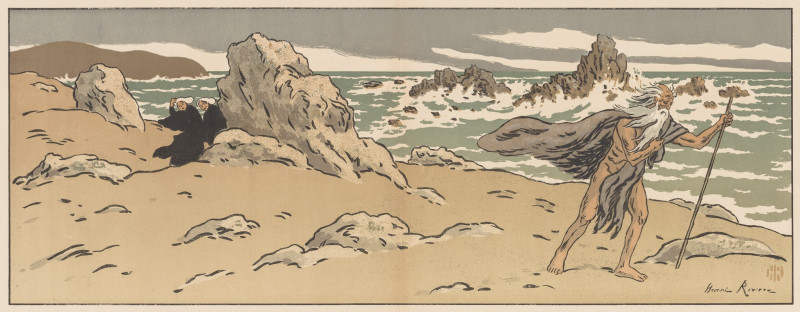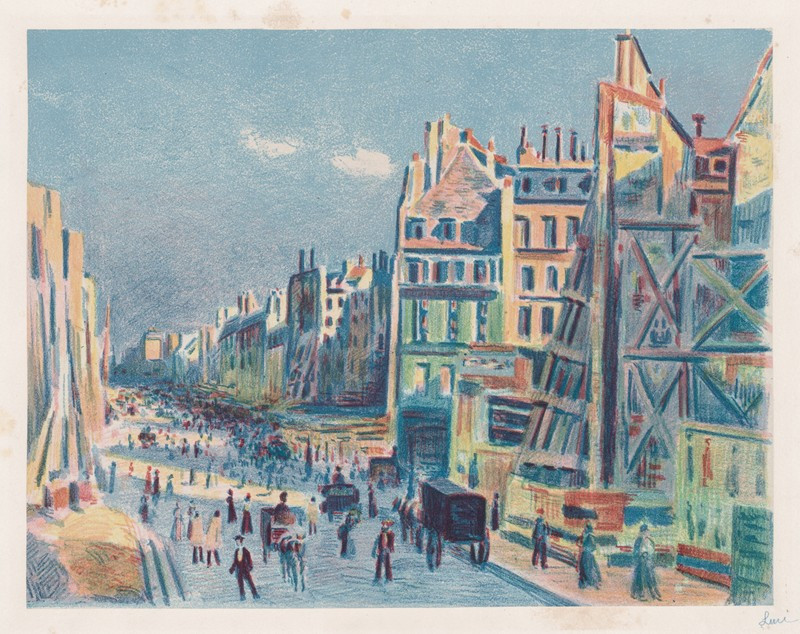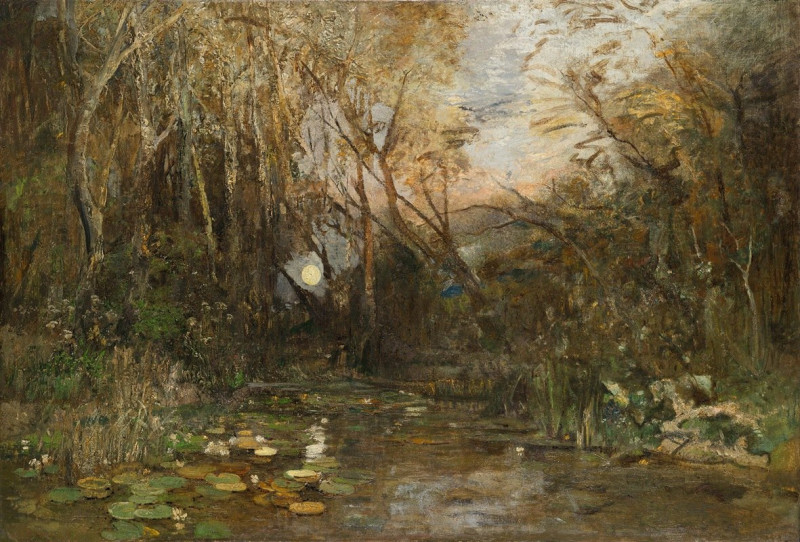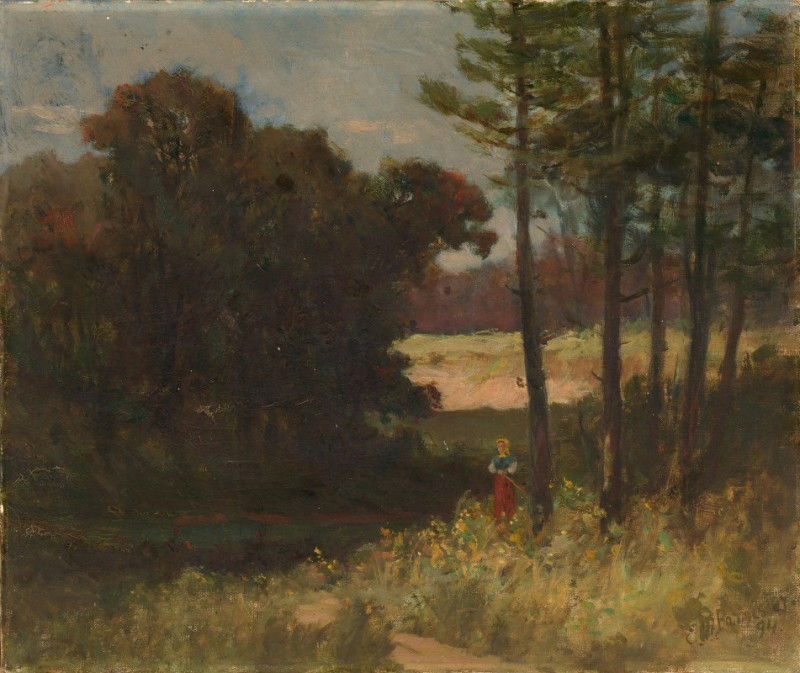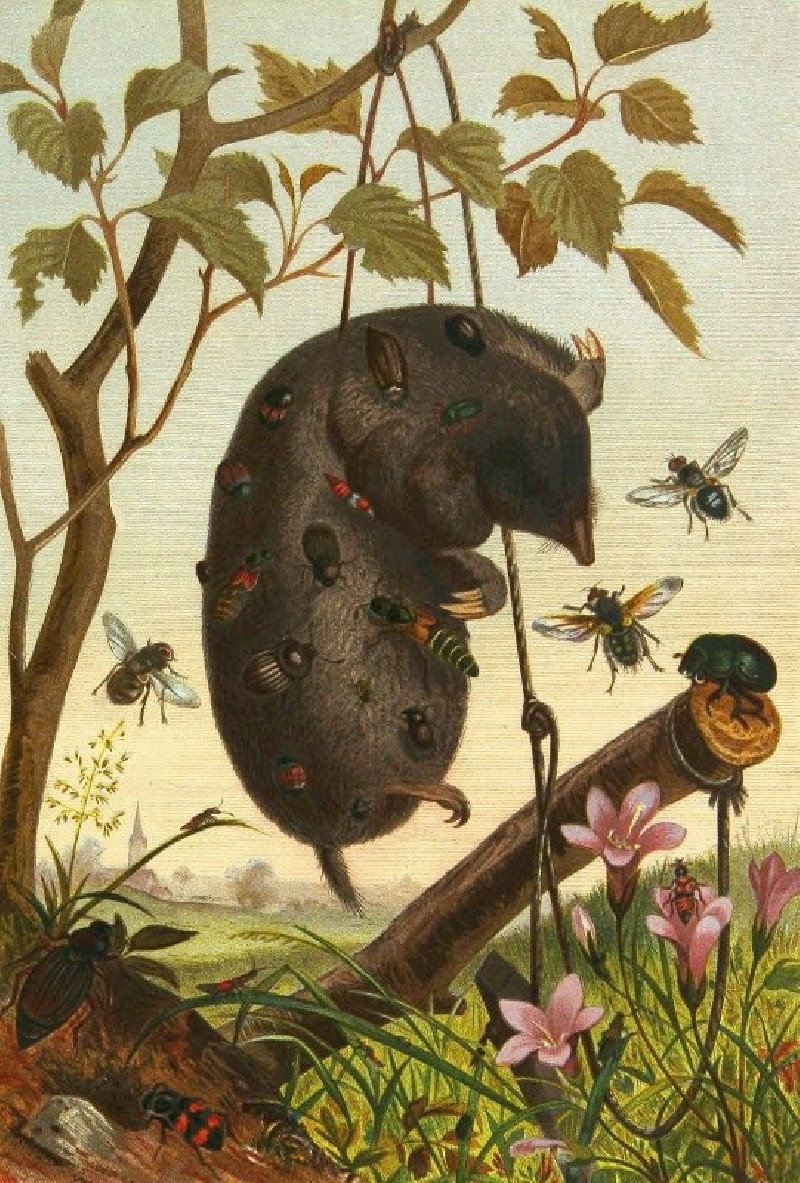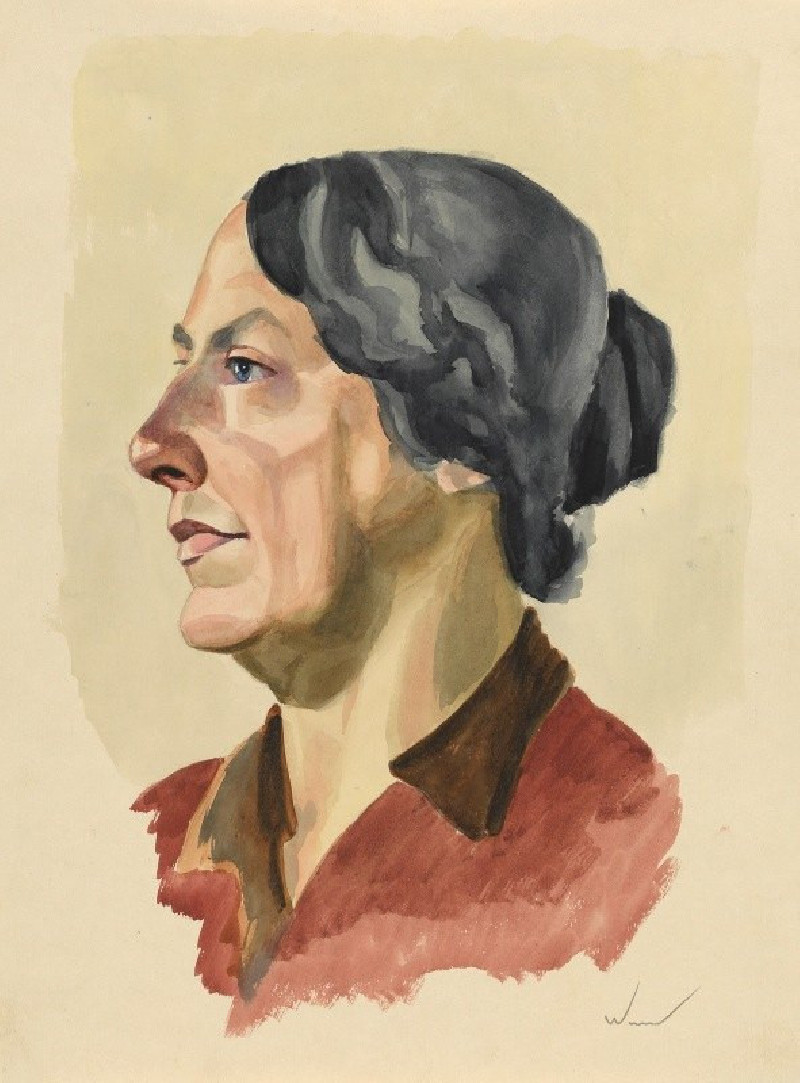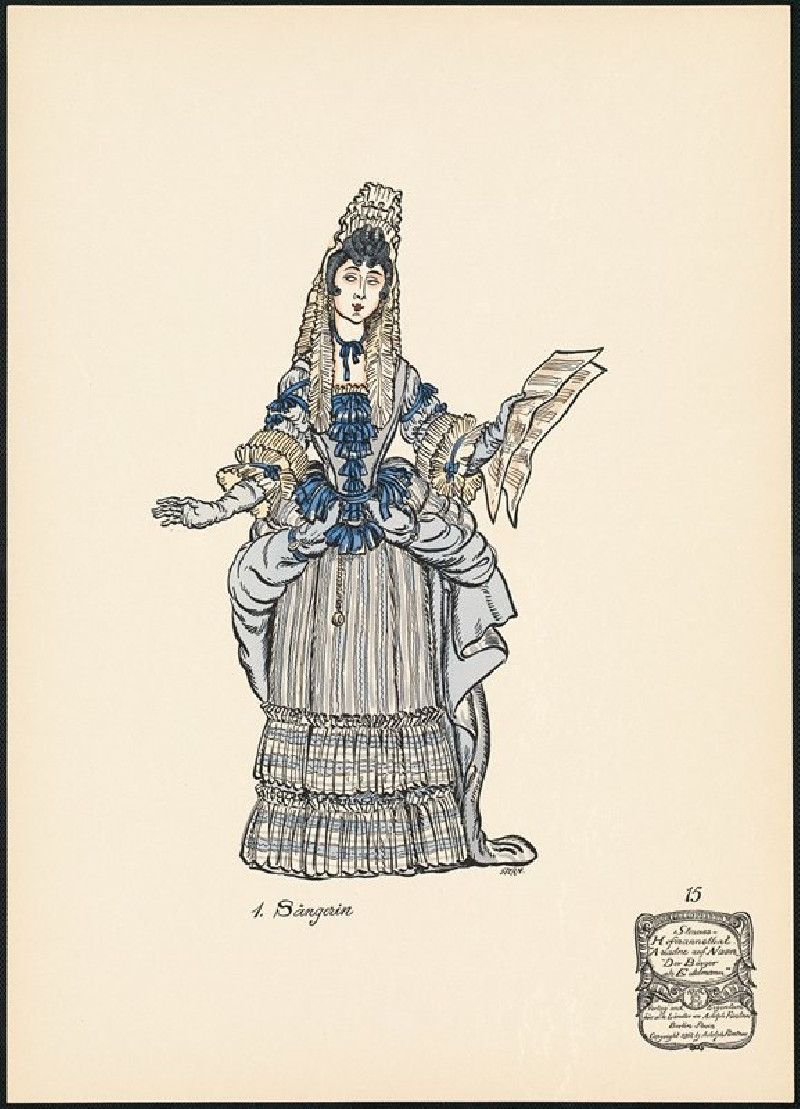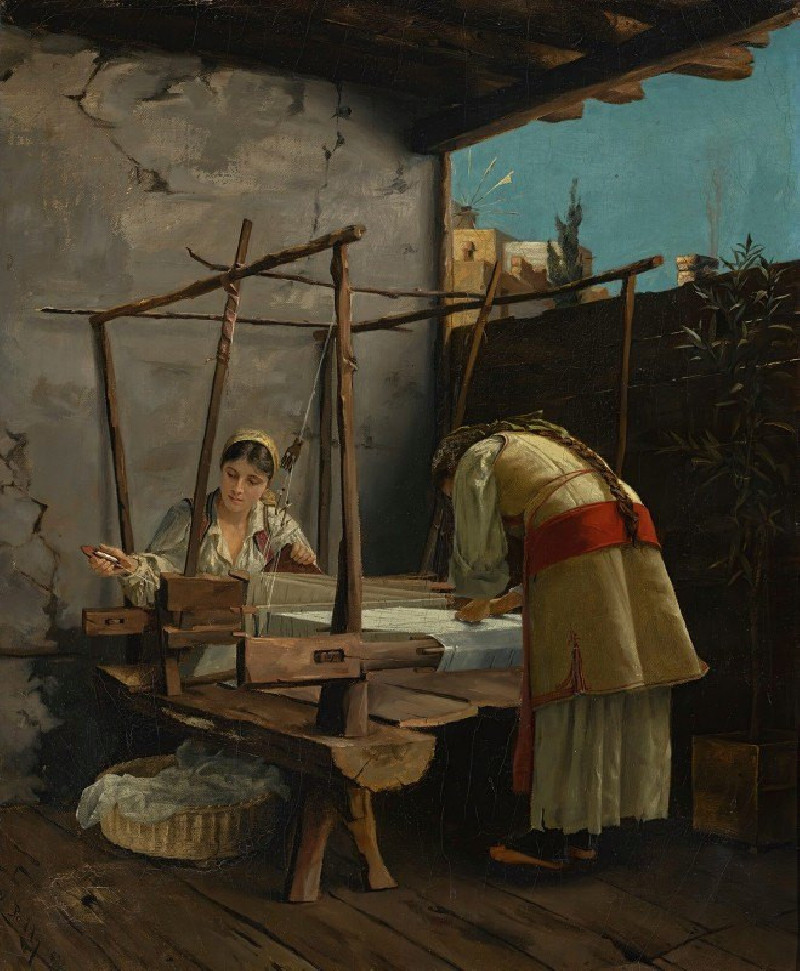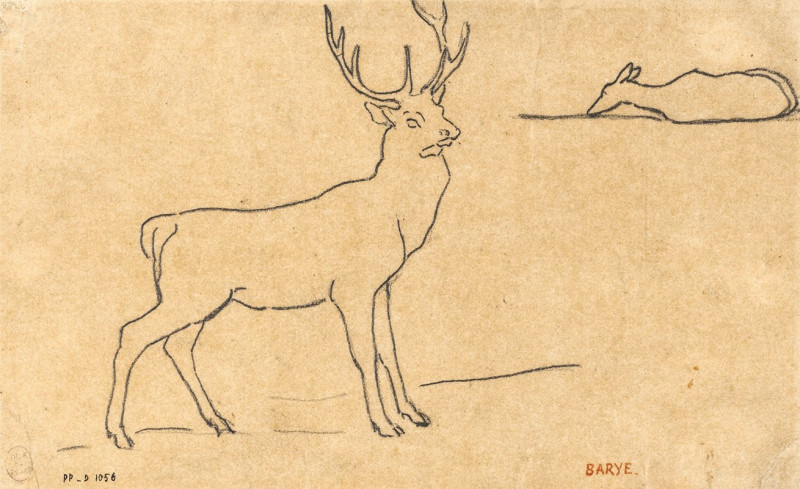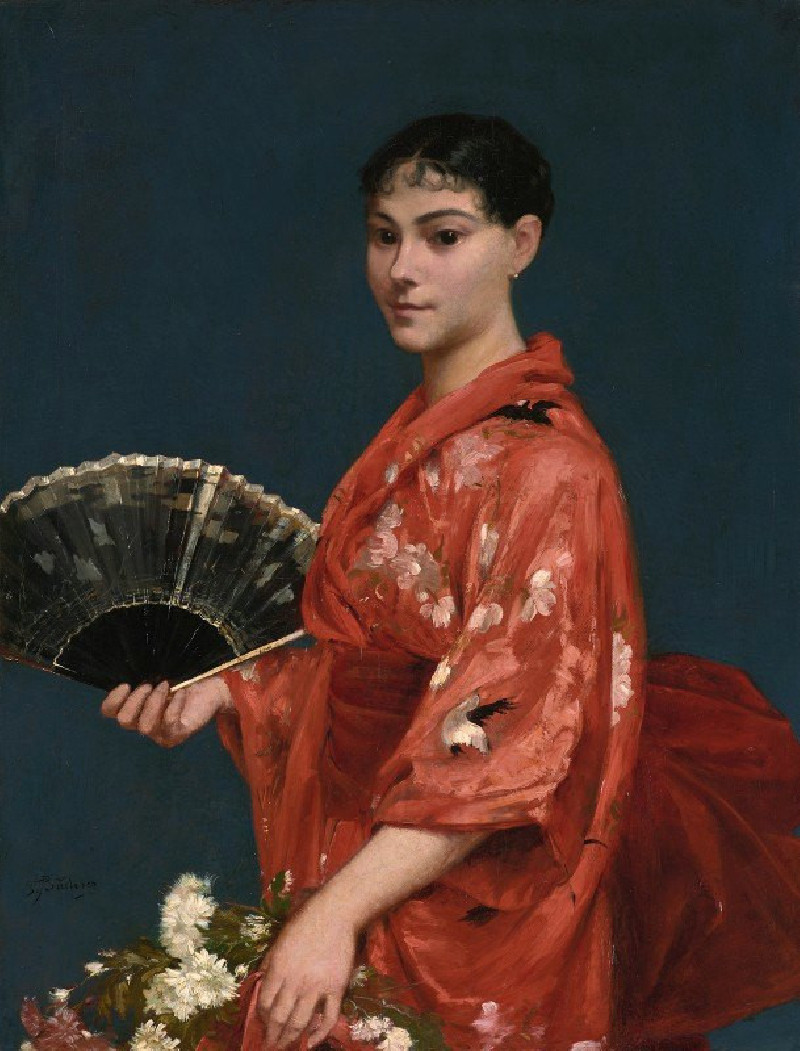Snow At Louveciennes
Technique: Giclée quality print
Recommended by our customers
More about this artwork
"Snow at Louveciennes" by Camille Pissarro depicts a quintessential winter scene that captures the essence of a snow-covered landscape in the small village of Louveciennes, west of Paris. The painting showcases a serene, muted palette primarily consisting of whites, grays, and subtle earth tones that convey the cold, tranquil atmosphere typical of snowy environments.In the foreground, Pissarro has skillfully rendered a snowy path, marked by subtle impressions perhaps left by villagers or carts passing through. The path invites the viewer's eye to meander through the composition, leading to a figure in the middle distance. This lone figure, likely a local resident, is depicted in a way that harmonizes with the rest of the scene—subtle and almost blending into the snowy landscape, emphasizing solitude and the quietude of winter.The trees, a dominant element in the painting, are thickly coated with snow, their branches heavy and intricate against the gray sky. They frame the scene and add a textural contrast to the smooth, untouched snow on the ground. The detailed rendering of the trees showcases Pissarro’s attention to natural forms and his ability to capture the nuanced weight and texture of snow.Behind the trees, a glimpse of the village is visible, showing structures that are typical of rural French architecture of the time, their forms simplified and softened by the snow and distance.
Delivery
Returns
Blessed are they who see beautiful things in humble places where other people see nothing. — Camille Pissarro
Camille Pissarro (1830-1903) was born on St.Thomas (now the US Virgin Islands) to a Portuguese father and a Dominican mother. He went to Paris to study art at Ecole des Beaux-Arts. He was an early pioneer of pointillism and neo-impressionism and later became a mentor of many famous impressionist painters including Cezanne, Manet, Renoir, and Gauguin. His paintings depicted rural and urban French landscapes and lifestyle. Many of his works politically captured images of peasants and laborers. Today, he is considered the father of impressionism.



































